SUNGAIT via Amazon has
SUNGAIT Men's Ultra Lightweight Rectangular Polarized Sunglasses on sale for $15.99 - 10% off when you clip the
coupon on the product page - 50% off when you apply promo code
DEAL458OFF21 at checkout =
$6.39.
Shipping is free with Prime or on $35+ orders.
Available Colors:
SUNGAIT via Amazon also has
SUNGAIT Mens Narrow Rectangle Polarized Sunglasses (Gunmetal/Gray) on sale for $16.99 - 10% off when you clip the couponon the product page - 50% offwhen you apply promo code DEAL458OFF21at checkout =
$6.79.
Shipping is free with Prime or on $35+ orders.
Thanks to Deal Hunter
Navy-Wife for sharing this deal.
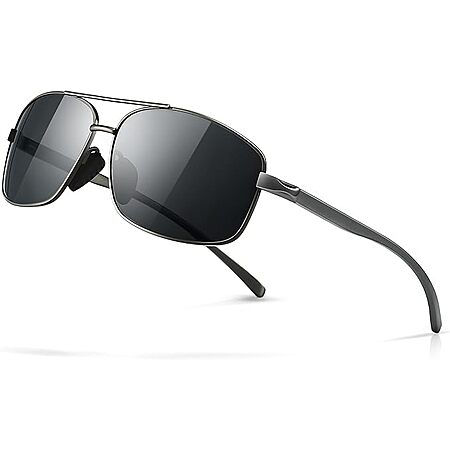
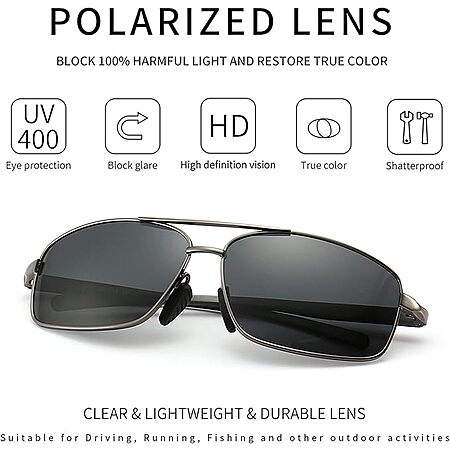
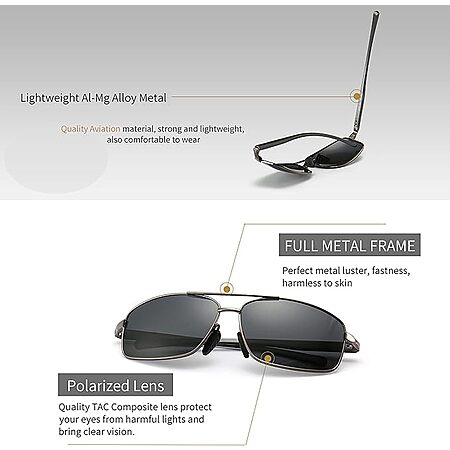
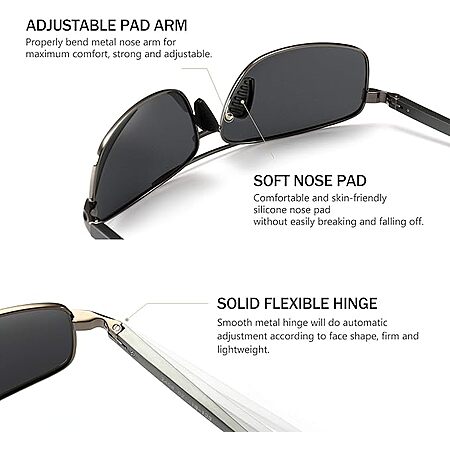
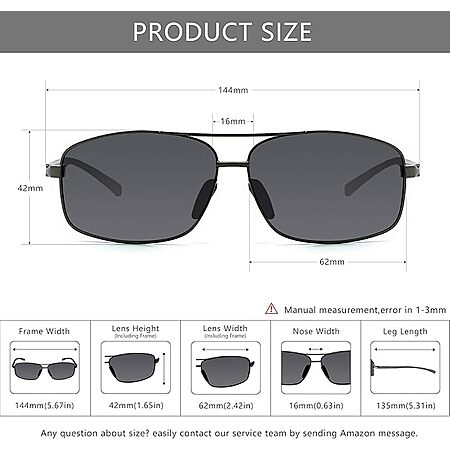
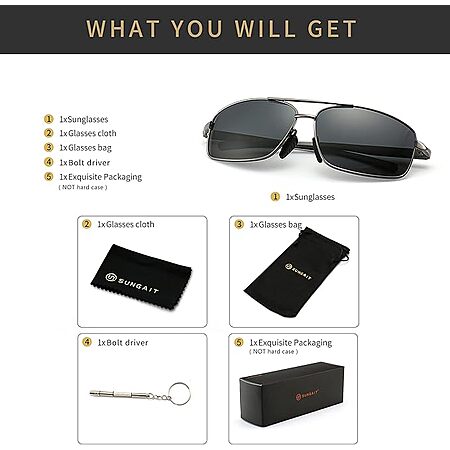
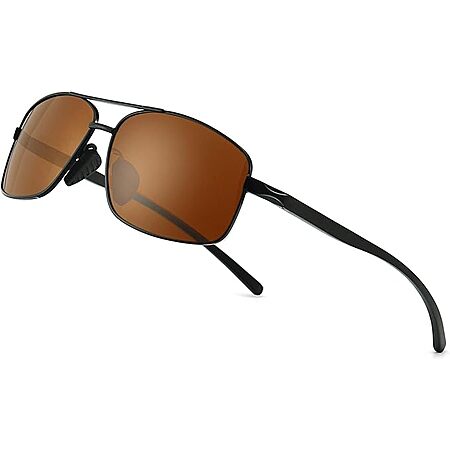
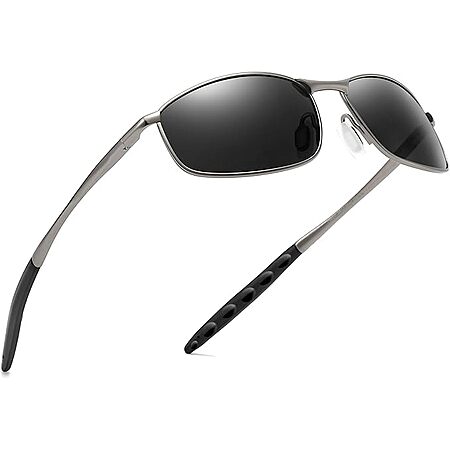
Leave a Comment
14 Comments
Sign up for a Slickdeals account to remove this ad.
Edit: My thanks to users and mostly ChatGPT below lol- diy methods are semi useful, but seemingly optical offices will do it free. if anyone actually tests these at a legit place please report back 👍
There are these cheap little testers you can get such as:
https://a.co/d/fB1eLlL
Supposedly Costco optical can do a free UV test for you.
Here are a few ChatGPT suggestions:
1. Use a UV Flashlight + UV-Sensitive Beads
Materials: UV flashlight (365–395nm), UV-sensitive beads or paper (e.g. sold as UV test kits or kids' bracelets).
Method:
1. Shine the UV flashlight on the beads or paper.
2. They should change color in response to UV.
3. Place the sunglasses between the flashlight and the beads.
4. If the color change is significantly reduced or gone, the sunglasses block UV.
Cost: ~$10 total from Amazon or craft stores.
Reliability: Good for detecting presence/absence of UV filtering, but not the exact percentage (e.g., not "100% UVA/UVB").
---
2. Take to an Optical Store
Many optometrists or optical shops (LensCrafters, Costco, etc.) have UV meters and will test sunglasses for free or for a small fee.
They'll usually measure UVA/UVB transmission and may give you a printout or verbal confirmation.
🔬 1. Use a UV Flashlight + UV-Sensitive Material (DIY method)
What you need:
A UV flashlight (365–395 nm, easily found online)
A UV-reactive card (often included with UV flashlights or sunscreen testers)
Your sunglasses
How to test:
Shine the UV flashlight on the UV-reactive card without sunglasses in between — it should glow or change color.
Repeat the test with the sunglasses in between the flashlight and the card.
If the card glows significantly less or not at all, the lenses are likely blocking most UV light.
If the card still glows brightly, the sunglasses may lack proper UV filtering.
Limitations: This won't measure exactly how much UV is blocked, just whether there is significant filtering.
Sign up for a Slickdeals account to remove this ad.
Here are a few ChatGPT suggestions:
1. Use a UV Flashlight + UV-Sensitive Beads
Materials: UV flashlight (365–395nm), UV-sensitive beads or paper (e.g. sold as UV test kits or kids' bracelets).
Method:
1. Shine the UV flashlight on the beads or paper.
2. They should change color in response to UV.
3. Place the sunglasses between the flashlight and the beads.
4. If the color change is significantly reduced or gone, the sunglasses block UV.
Cost: ~$10 total from Amazon or craft stores.
Reliability: Good for detecting presence/absence of UV filtering, but not the exact percentage (e.g., not "100% UVA/UVB").
---
2. Take to an Optical Store
Many optometrists or optical shops (LensCrafters, Costco, etc.) have UV meters and will test sunglasses for free or for a small fee.
They'll usually measure UVA/UVB transmission and may give you a printout or verbal confirmation.
Leave a Comment